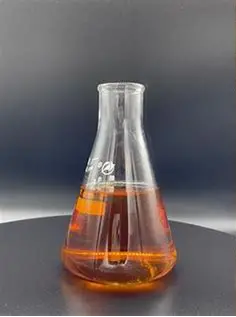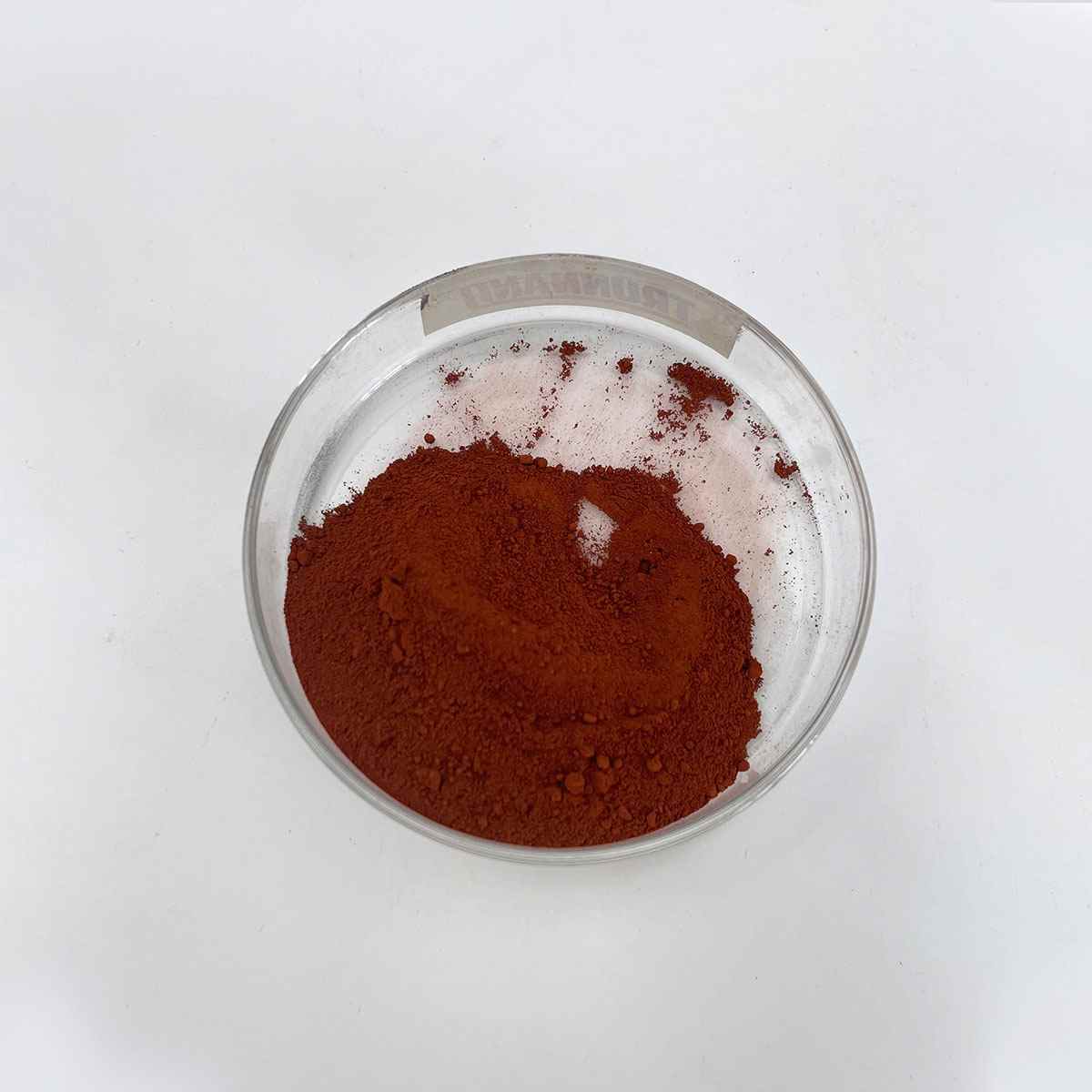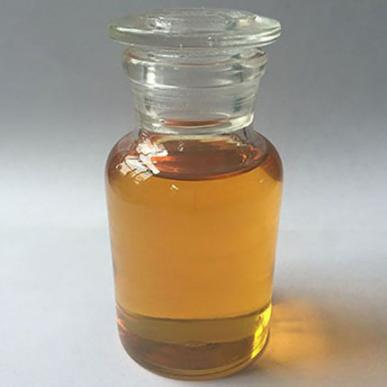1. Introduction
In the past 48 hours, consumer safety watchdogs have issued renewed advisories about mislabeled surfactant products sold online, particularly those claiming to be ‘SLS-free’ while containing sodium lauryl sulfate or its close relative sodium laureth sulfate. This has sparked confusion among DIY formulators and gardeners using surfactants for herbicides. Understanding how to correctly identify, use, and substitute sodium lauryl sulfate is more critical than ever.

Sodium lauryl sulfate (SLS), also known as sodium dodecyl sulfate or natrium lauryl sulfate, is a widely used anionic surfactant. Found in everything from shampoos to lawn wetting agents, it lowers surface tension to help products spread and penetrate. However, improper use can cause skin irritation or reduce herbicide efficacy. This guide provides actionable steps to use SLS safely and effectively.
2. Understanding Sodium Lauryl Sulfate and Its Role
Sodium lauryl sulfate is a synthetic anionic surfactant derived from dodecyl alcohol. As a surfactant, it has a hydrophilic head and a hydrophobic tail, allowing it to interact with both water and oil. This property makes it effective for cleaning, foaming, and emulsifying.
It’s important to distinguish SLS from similar compounds like sodium laureth sulfate (also called sodium lauryl ether sulfate or sodium lauryl ether sulphate). While both are anionic surfactants, SLES is ethoxylated, making it milder than SLS. Confusing the two—often labeled as ‘sls sodium laureth sulfate’ or ‘sulfate laureth’—can lead to formulation errors.
3. Common Problems with Sodium Lauryl Sulfate
Many users encounter issues when working with SLS, including:

- Skin and eye irritation due to its strong cleansing action
- Incompatibility with cationic surfactants like cetyl trimethyl ammonium bromide (CTAB), leading to precipitation
- Reduced effectiveness in hard water due to calcium and magnesium interference
- Misidentification in ingredient lists (e.g., ‘lauryl sulfate’ vs. ‘laureth sulphate’)
In agriculture, using SLS as a surfactant for weed killer without proper dilution can damage grass or reduce herbicide absorption. It is not always the best surfactant for herbicides—bio surfactants or non-ionic options like polysorbate 80 or Span80 may be preferable.
4. Step-by-Step Guide to Using Sodium Lauryl Sulfate Safely
4.1. Verify the Correct Compound
Check labels for ‘sodium lauryl sulfate,’ ‘sodium dodecyl sulfate,’ or ‘na lauryl sulfate.’ Avoid confusion with ‘sodium laureth sulfate’ (SLES), which contains ‘laureth’ or ‘ether’ in its name. Note that ‘sls sulfate’ is a misnomer—SLS already contains sulfate.
4.2. Determine the Right Concentration

For personal care: Use 5–15% in cleansers; always pair with amphoteric surfactants like cocamidopropyl betaine (also called coco betaine or amidopropyl betaine) to reduce irritation.
For herbicides: Use 0.25–1% (1–4 teaspoons per gallon of water) as a wetting agent for grass. However, consider non-ionic surfactants like ethoxylated alcohol or lignin sulfonate for sensitive plants.
4.3. Avoid Incompatible Ingredients
Do not mix SLS with cationic surfactants such as cetyltrimethylammonium bromide or ammonium lauryl sulfate. Anionic and cationic surfactants neutralize each other, forming insoluble salts. Stick to anionic-anionic or anionic-amphoteric blends.
4.4. Substitute When Needed
If irritation or environmental concerns arise, replace SLS with gentler alternatives:
- Alkyl polyglucoside (e.g., decyl glucoside, coco glucoside)
- Sodium cocoyl isethionate or sodium lauroyl methyl isethionate
- Sodium coco sulfate (a milder version of SLS)
- Bio surfactants like sodium cocoyl glutamate
These non-ionic or amphoteric surfactants are biodegradable and less likely to cause reactions.
5. Where to Source Quality Sodium Lauryl Sulfate
When purchasing ‘sodium lauryl sulfate for sale,’ choose reputable suppliers. Companies like Rohit Surfactants Private Limited offer certified grades for cosmetic and industrial use. Ensure the product is free from contaminants like copper 1 bromide or sodium deoxycholate, which are unrelated to standard SLS formulations.
Avoid unverified online sellers offering ‘sls sodium’ without clear INCI naming. Genuine SLS should list ‘sodium lauryl sulfate’ or ‘sodium dodecyl sulfate’ as the primary ingredient.
6. Conclusion
Sodium lauryl sulfate remains a powerful and cost-effective surfactant—but only when used correctly. By understanding its chemistry, avoiding incompatible mixtures, and considering milder alternatives like alkyl polyglucoside or cocamidopropyl betaine, you can harness its benefits safely in both personal care and agricultural contexts. Always verify labels, use proper dilutions, and prioritize skin or plant compatibility to prevent common pitfalls.
Our Website founded on October 17, 2012, is a high-tech enterprise committed to the research and development, production, processing, sales and technical services of ceramic relative materials such as How. Our products includes but not limited to Boron Carbide Ceramic Products, Boron Nitride Ceramic Products, Silicon Carbide Ceramic Products, Silicon Nitride Ceramic Products, Zirconium Dioxide Ceramic Products, etc. If you are interested, please feel free to contact us.


